Best Way to Remove a Continuous Blackhead
You've seen these black specks on your nose before. They're not freckles, they're blackheads, and almost everyone has dealt with them. They might be common, but they're still a total bummer.
Blackheads affect all skin types and all ages. They usually pop up on your nose, where pores are larger, and make your face look dirty and speckled. Contrary to popular belief, these annoying blotches are not actual dirt stuck in your pores. Blackheads are caused by dead skin cells, which are mostly made up of a protein called keratin, that get stuck to the walls of a pore. This creates a plug called a comedone. "Usually those plugs are close enough to the surface that a little bit is visible," says dermatologist Ken Howe, MD. "Just like a banana left out, the plug starts to oxidize and turns brown." Comedones are responsible for both blackheads and whiteheads, the only difference is whether the surface of the plug is exposed to air.
Here's Why You Get Blackheads
"One of the main things that leads to the formation of these plugs is stress and hormones," says Howe. That means that no matter how much you wash your face, you can still get blackheads. It also means that all skin types can get them, no matter if you're oily, dry, or have acne prone skin. Comedones, like acne, may develop as a blockage in the pores, but the difference is that blackheads are superficial, whereas acne tends to happen deeper down.
More From Men's Health
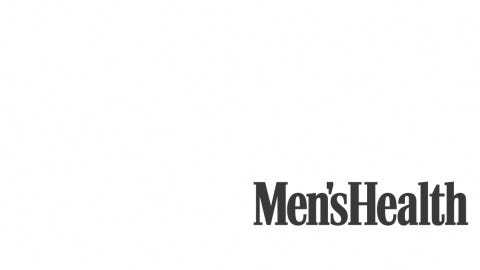
Men, however, may notice more blackheads because their pores are bigger. "Men don't necessarily get more blackheads than women, but they're larger and more noticeable to the naked eye," says Howe, especially as we get older, since our pores enlarge as we age.
Thankfully treating blackheads at home is easy, though Dr. Howe notes that prevention is always better than dealing with them after they show up. Here's how to finally get rid of blackheads on your nose.
It's Not Okay to Squeeze Out Blackheads
It's tempting, and very satisfying, to squeeze out blackheads yourself, but it can actually cause more to pop up. "Your fingers are just too big," says Howe. "The pores are already sticky because one plug has formed. If you put pressure on the neighboring guys [to get one blackhead out], you collapse them and help another plug form." Use some of these other tips for removing blackheads on your nose instead.
Be Wary of Tools
There are plenty of tools out there that claim to help "safely" remove blackheads, like pore vacuums that use suction or sharp tools meant only for professionals, but you should avoid them at all costs, says dermatologist Corey Hartman, M.D. Using these tools could hurt your skin way more than just creating more blackheads. If you're desperate for the help of a tool, Dermapore is the only one that "delivers results without risking epidermal damage," he says. The ultrasonic spatula gently (and satisfyingly) pushes gunk from pores as you run it over your wet skin and is less risky because the "depth of penetration is controlled," so it's less likely to cause skin damage as long as you use it properly.
Exfoliate Your Nose with Acids
To help prevent blackheads from even forming on your nose, use a face wash with salicylic acid regularly. "Salicylic acid has a particular predilection for pores," says Howe. "It gets right in there and loosens them so the plugs come out on their own." Regularly exfoliation will keep all the dead skin moving out and off your face.
Use a chemical exfoliant (also with salicylic acid or other beta hydroxy acids) once or twice a week for even better results. And if you've already noticed blackheads forming, Howe recommends a sheet mask that contains salicylic acid to give your skin a boost.
Use Pore Strips to Remove Blackheads
The most popular blackhead treatment, pore strips, turns out to also be one of the most effective. These sticky strips attach themselves to comedones (and other gunk) as they dry and remove them as you peel. They're one of the fastest and most effective ways to get rid of blackheads, according to Howe. However, they should be used carefully. "There is a problem with people overdoing it and tearing or injuring the skin," he says, so always follow the directions carefully and don't leave them on longer than advised. And if you have sensitive skin, they may be too abrasive for you.
Get Rid of Blackheads With Clay Masks
Using a clay face mask for skin to get rid of blackheads won't offer as much visual satisfaction as seeing the gunk on a strip, but they're also effective at deep cleaning gunk from pores. Look for a variety that contains charcoal which can help suck out even deep-down dead skin cells. These may be a better option if you have sensitivity issues, but can still be drying, so always follow with a moisturizer.
Apply Retinol at Night
Retinol, one of the most effective active ingredients in treating acne, is also ideal for preventing and treating blackheads. The Vitamin A derivative helps to optimize cell turnover and push dead skin cells out of your pores and off of your face quicker. Over the counter options are available and perfectly fine for most people, but if you struggle with chronic acne or think you have an especially large amount of blackheads, ask your dermatologist about prescription strength options. When you start using retinols, your skin can get irritated at first, so only apply it at night on a clean face. It can also make your skin sensitive to sunlight, so make sure to wear sunscreen on your face every day.
Professional Treatments Can Help to Remove Blackheads
Most of these at-home steps will work for nearly everyone, but if nothing seems to get rid of blackheads, consider calling in the big guns. Regular facials (at least every time the seasons change) are a good way to deep clean and reset your face. Facialists may perform extractions to manually remove blackheads safely with a tool that won't disrupt the surrounding pores. Howe also recommends laser treatments and microdermabrasion, a form of exfoliation that only a professional can provide.
Garrett Munce writes about men's style and grooming. He's written for Esquire, New York Magazine, Spotlyte, and Very Good Light and held staff positions at GQ and W. Follow his skincare obsession on Instagram at @garrettmunce.
Source: https://www.menshealth.com/style/a19535395/how-to-get-rid-of-blackheads-on-nose/

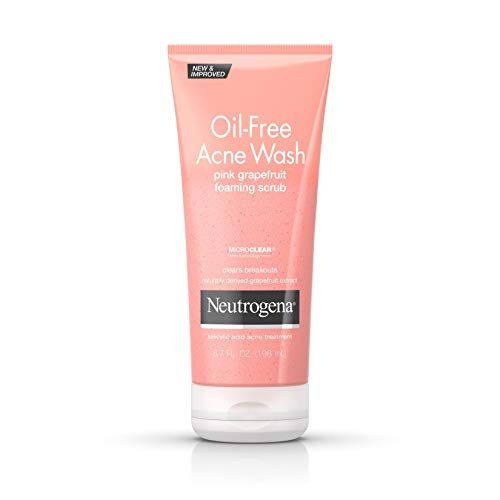
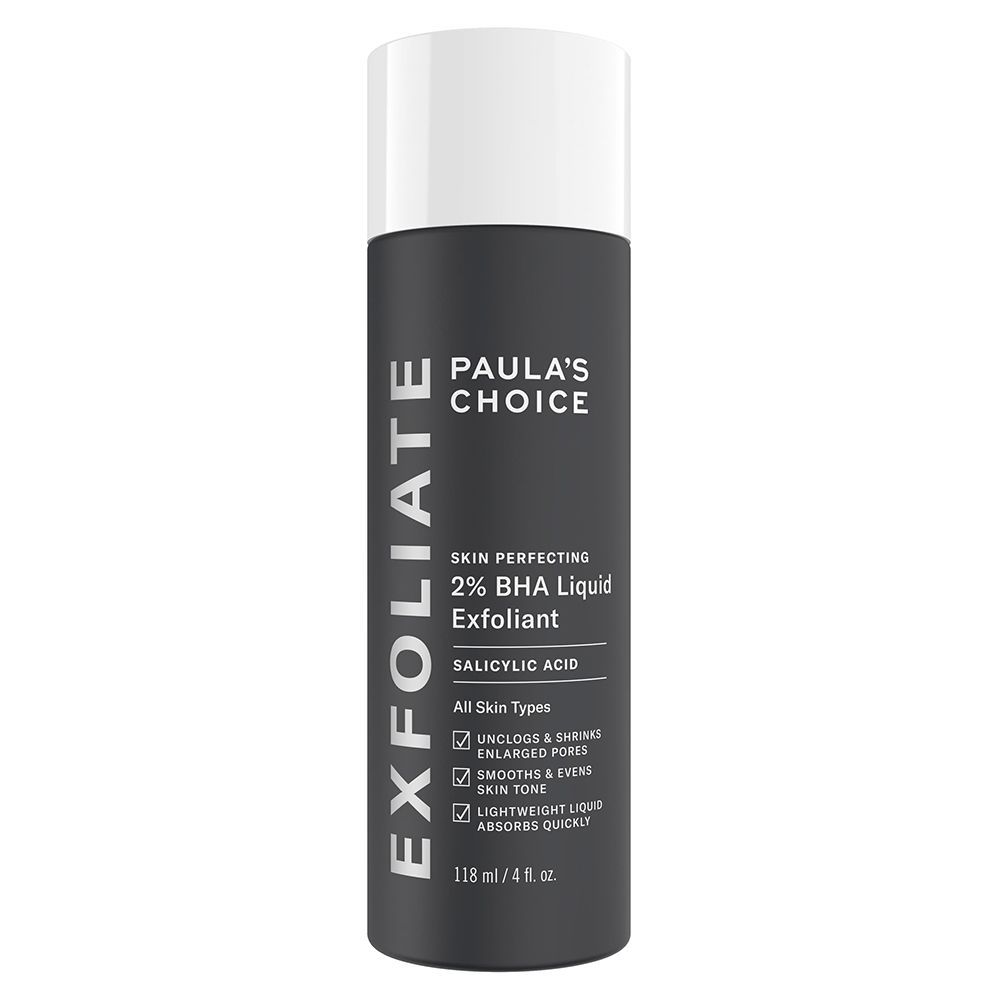

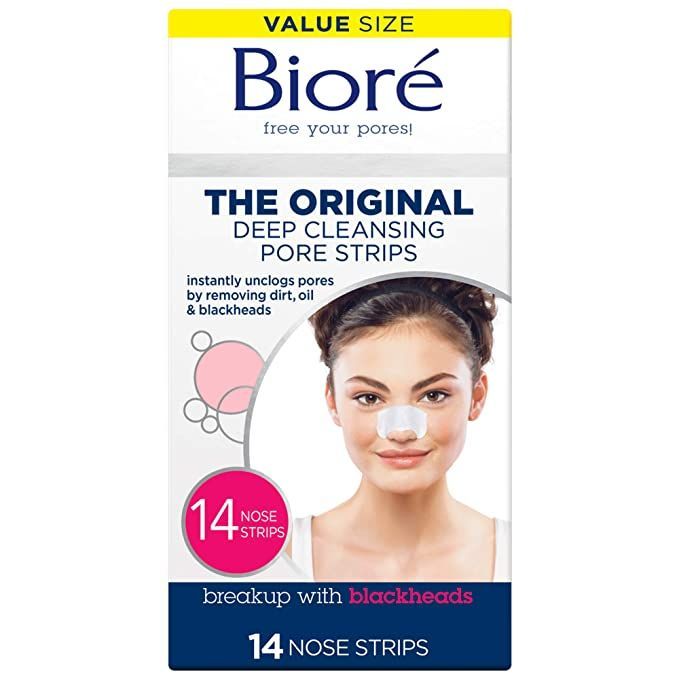

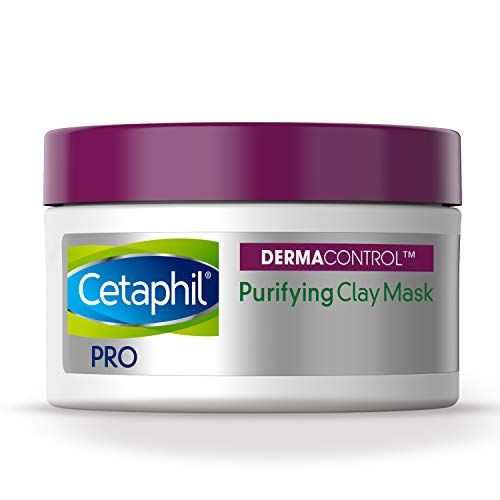
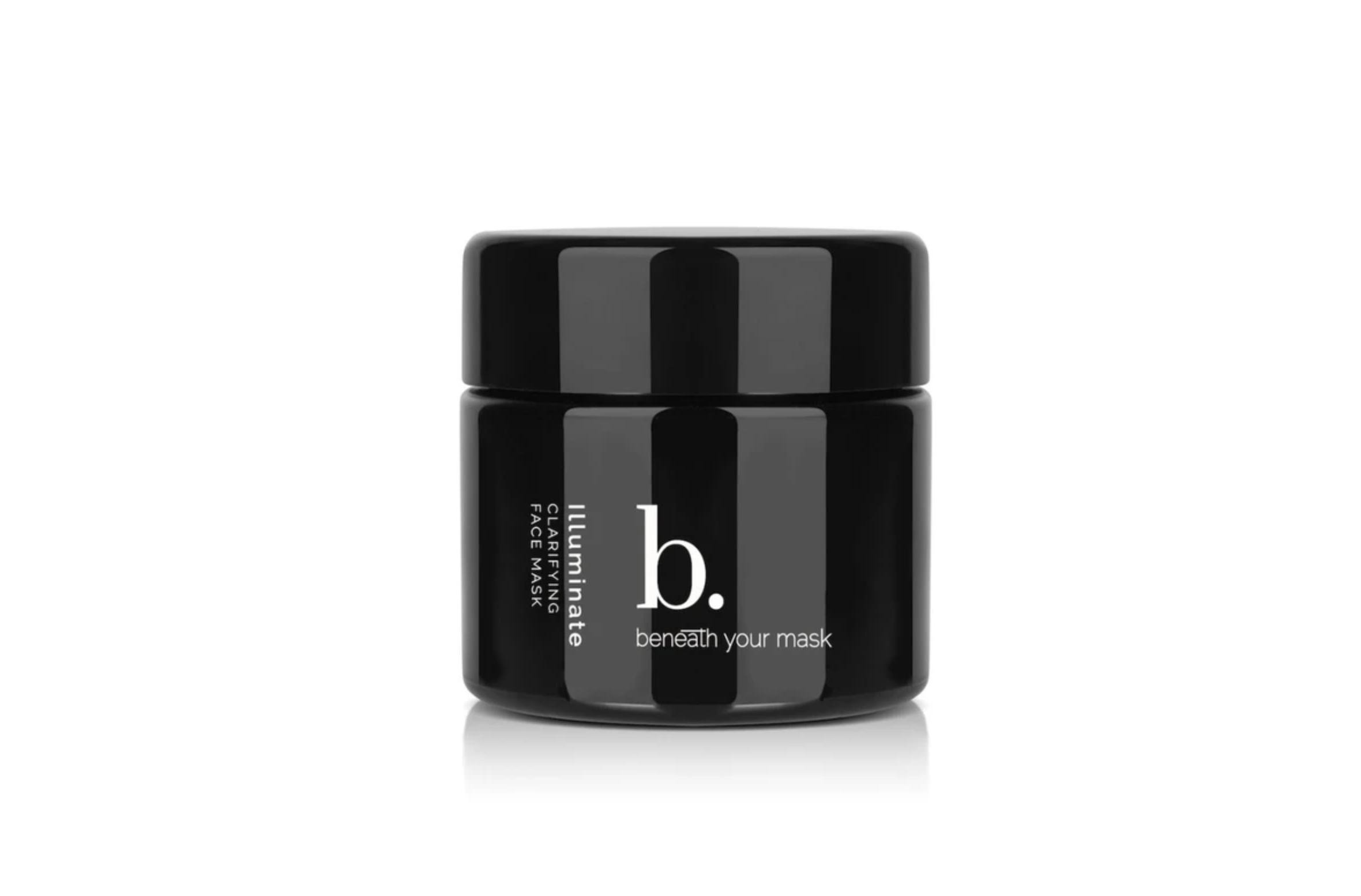
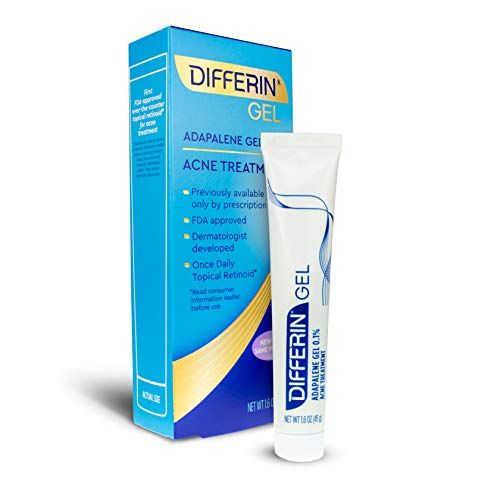
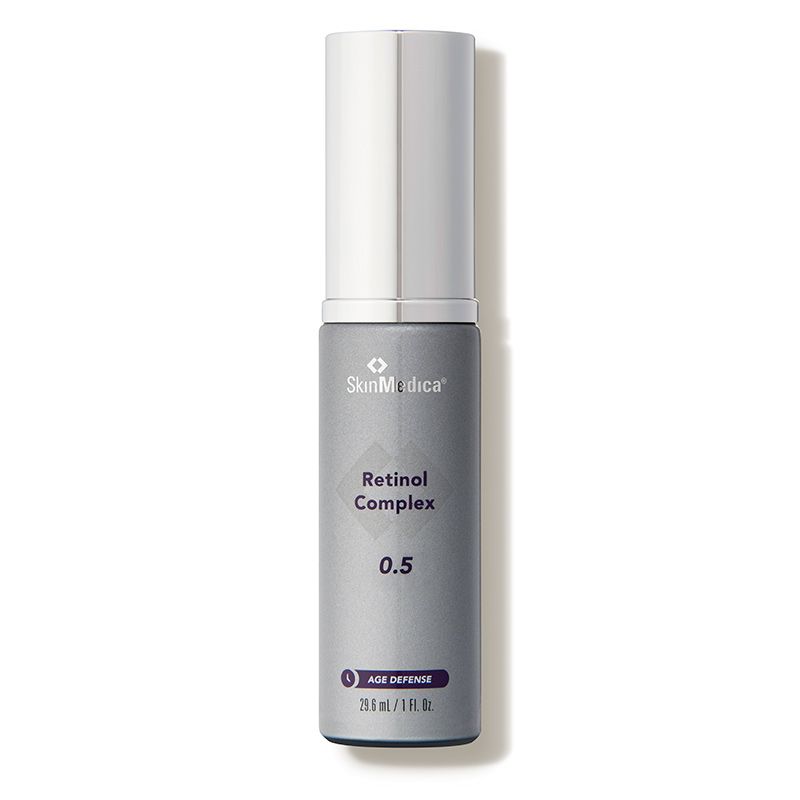
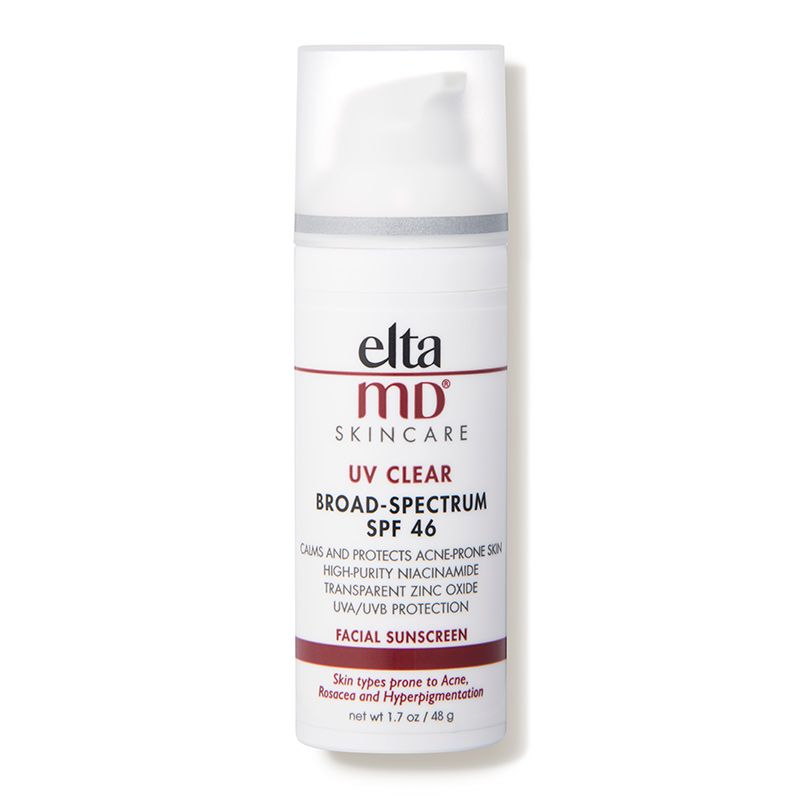
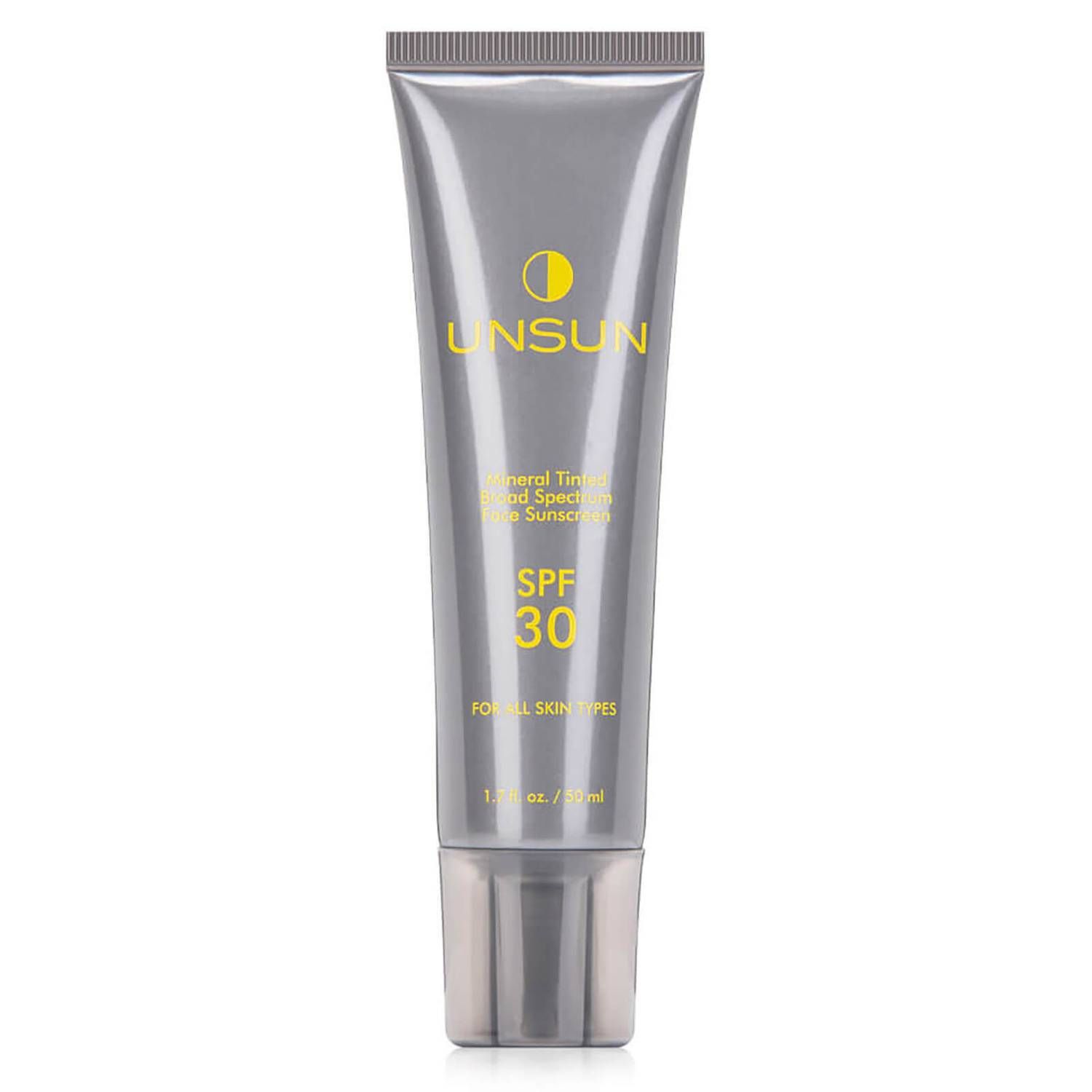
0 Response to "Best Way to Remove a Continuous Blackhead"
Post a Comment